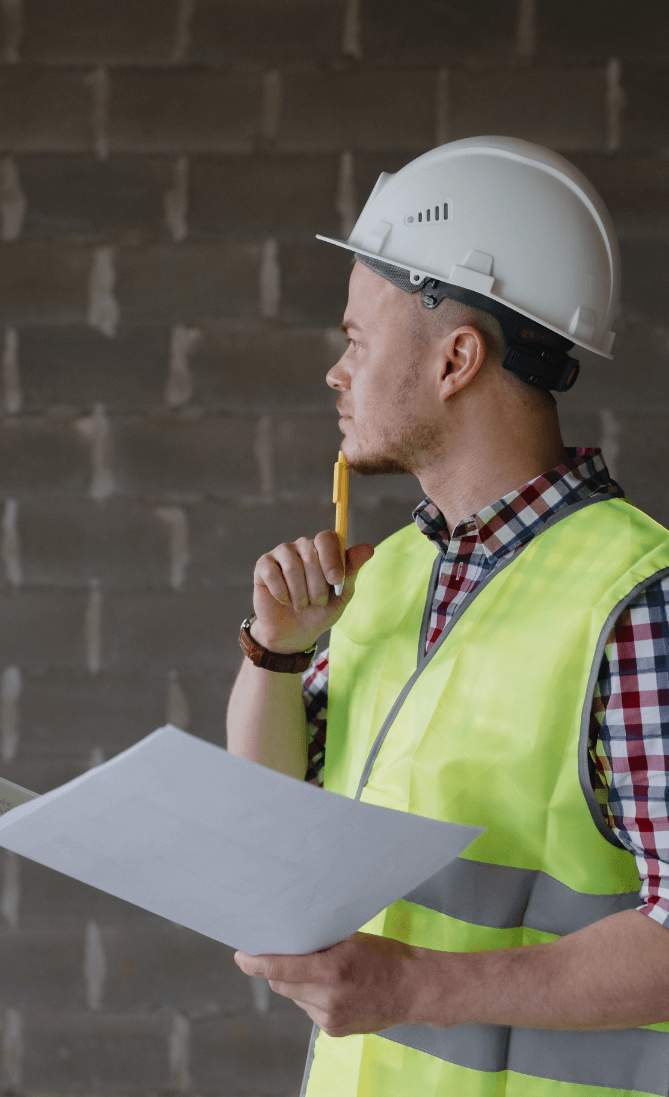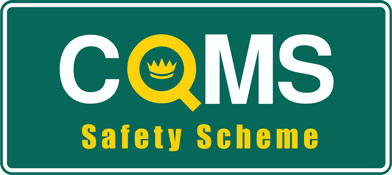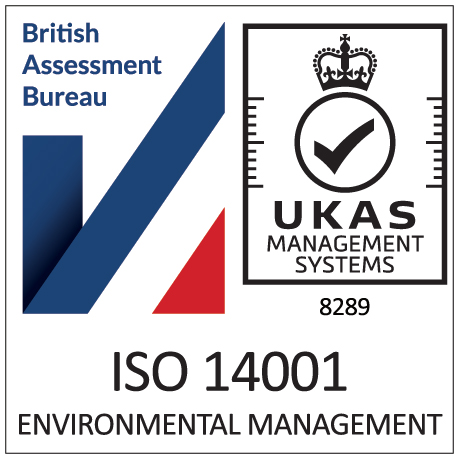Our fire safety team are based across the UK so wherever you’re based, we can visit and inspect your doors. Our team is on hand 24/7 to minimise disruptions and fit around your needs, which has proven ideal for schools and offices. We are experienced in inspecting fire doors across a range of sectors, including:
Our inspectors are DBS checked so there’s no hold up to inspecting your premises.
Following our fire door inspections we will provide you with a full set of documents and certificates to show that your fire doors have been inspected by a competent, responsible person.


Fire doors are a key part of keeping occupants safe in a fire, giving them time to safely evacuate a building. They can also reduce damage caused by fire by slowing the spread across a building, giving time for emergency services to arrive.
With fire doors providing such an important, life-saving function trust the experts at FIT to keep you compliant and people safe.
We hold a range of accreditations and memberships to instil confidence in our services, including ISO 45001, FIRAS, SafeContractor, Achilles UVDB Silver Plus and British Fire Services Association membership.
Our fire division is overseen by our director Luke alongside John Boyton, an ex-firefighter with over 30 years of experience.
We recommend that fire doors should be inspected at least every 3 months however, this will differ depending on the building and occupants.
During a fire door inspection, we look at all parts of the fire door, not just the door itself.
A comprehensive visual inspection of each fire-resisting door set, including:


Currently, Article 17 of the Regulatory Reform (Fire Safety) Order 2005 (RRO/FSO) states that fire doors should be correctly installed and adequately maintained in order for them to be fit for purpose.
However, the rules are set to change on the 23rd of January 2023 and will make it a legal requirement for multi-occupied residential buildings in England with storeys over 11 metres in height to:
Questions? We are here to help. Please just complete the form and someone will be in touch shortly.








